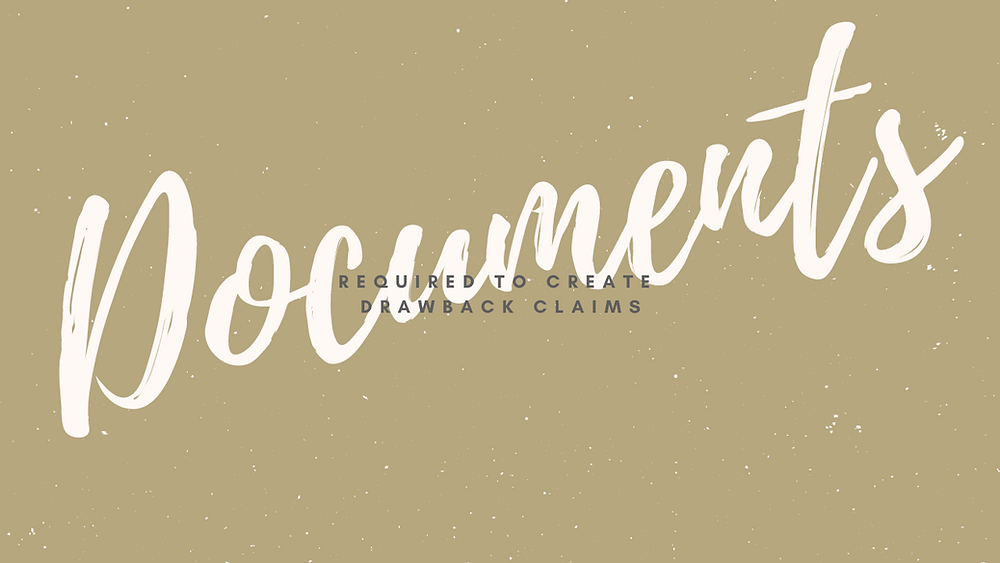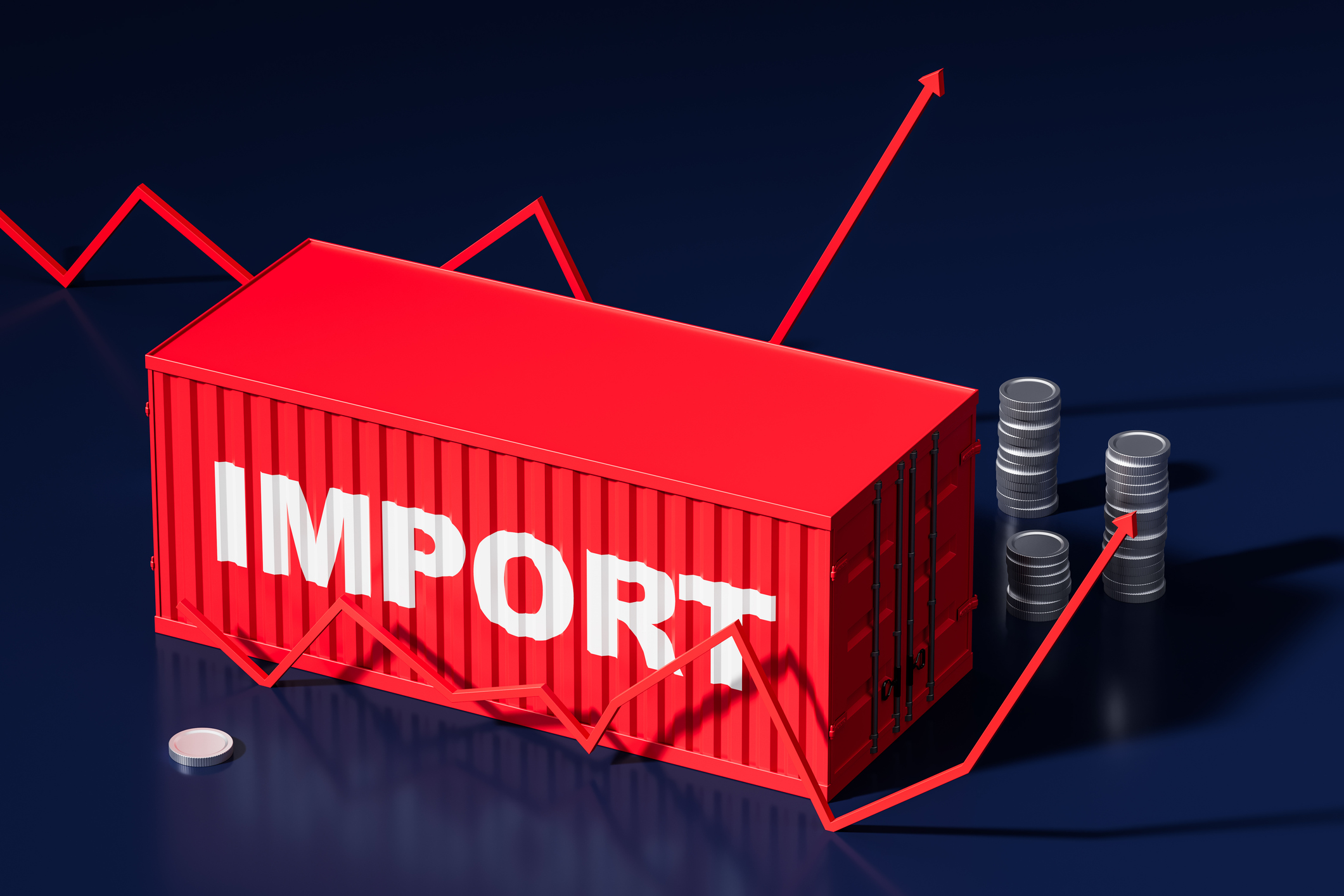When looking to claim drawback there are several factors that we have to make sure to consider and also implement, Besides a strict process that needs to be followed to remain in compliance with Customs, there is also specific documentation that is required.
To give you an idea of what you will want to look for when gathering records, you will have to keep in mind that each claim will need to have correlating documents for proof of valid imports and exports. You also have to have these records on hand for the customary seven-year time frame as that will be your window of record-keeping required by Customs.
There are three documents on each the import and export side of the equation. First, on the import side, you are required to have the entry summary (or Form 7501), commercial invoice, and matching packing slip. On the export side, the items are very similar but have a little extra detail. As far as what you are required to have, you must have the commercial invoice, packing slip, and a valid proof of export that ties back to these documents and shows actual proof of arrival in a said foreign country.
As far as the Proof of Exports mentioned above, these come in many different forms. You can have a Proof of Export (or Proof of Delivery) from an express carrier that can be pulled from said private carrier websites. This can be done using their regular portals going back to certain time frames, or by using direct contacts and logins to gather data going farther retroactively. The items required to be included are the ship date, received date, and the country the item(s) were exported to. If private carriers were not used in the transportation process and/or could not be obtained, other options include items such as a Bill of Lading or Airway Bill for large containers, ships, and planes, a Pedimento for those Entries into Mexico, and a B3 for Canadian shipments.
With the above-mentioned proof of exports, your company, or the exporting customer must be listed under “Exporter of Record” indicating the final fact of exportation. By doing so, you are then gathering the necessary data in regards to the country that the goods are being shipped to, a Sail Date or Laden on Board date, and either one of two things; the Bill of Lading number on your tying invoice or the invoice number on that Bill of Lading.
If you have a Bill of Lading or Airway Bill and you are not listed as the Exporter of Record, you must get a Letter of Endorsement from whoever is listed as the actual Exporter of Record. This will endorse the drawback rights from that company back to yourselves and allow you to claim drawback to receive those Customs refunds on claims made.
In other words, as long as you can provide the proper paper trail of evidence and how you arrived at which items can be claimed for drawback and which can’t, then you now have your full picture and can be fully confident that you are maximizing your refund potentials while maintaining compliance with Customs.



